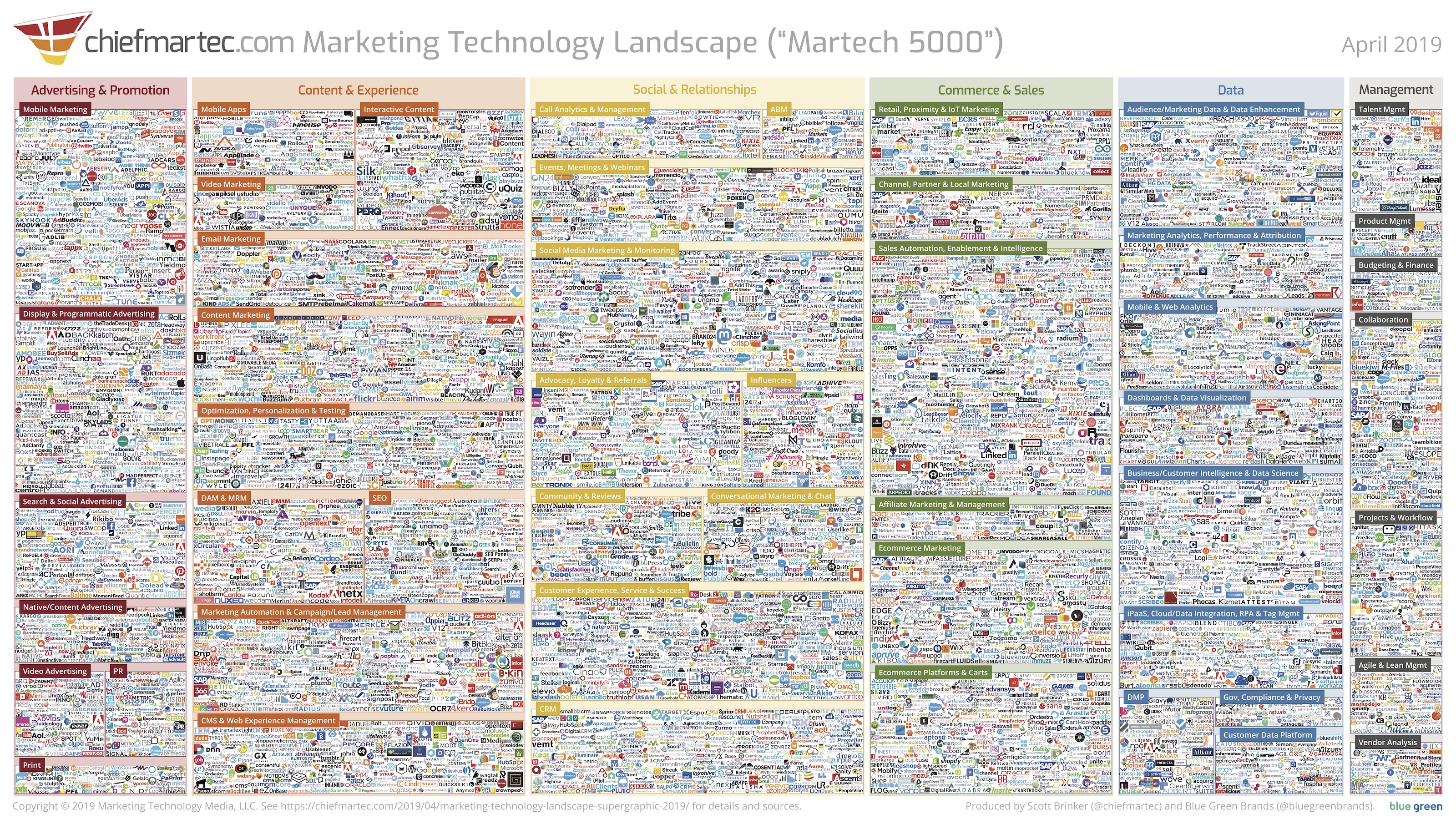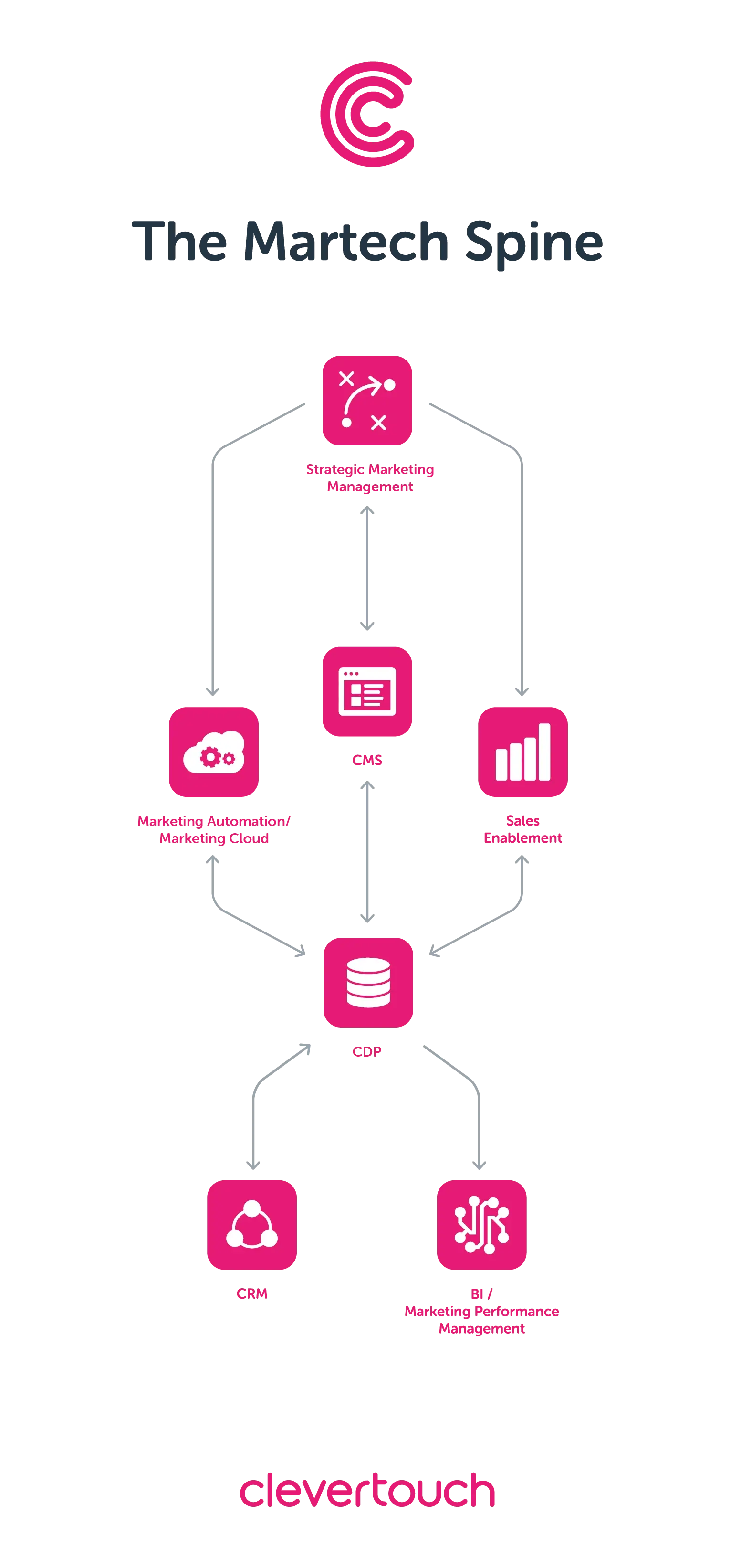Sales and Marketing are essential to most organisations. Without Marketing, there will likely be little relevancy to the market, and a lack of interest in your offering, and without Sales (particularly in B2B), your organisation will struggle to obtain any customers. Yet, in the last 10 years both Marketing and Sales have undergone massive technological transformations that many in these professions are simply unaware of or refuse to address head on.
There are 5 core tenets which underpin any successful Sales and Marketing relationship. These range from the theory of Sales and Marketing alignment itself, and the reasons tension may exist, to the trends and dynamics that drive most modern Sales and Marketing functions. This is supported by the technology that provides the platform for digital transformation in intelligent organisations across the globe such as IBM, Deloitte, Fujitsu, Phillips and Deliveroo.




